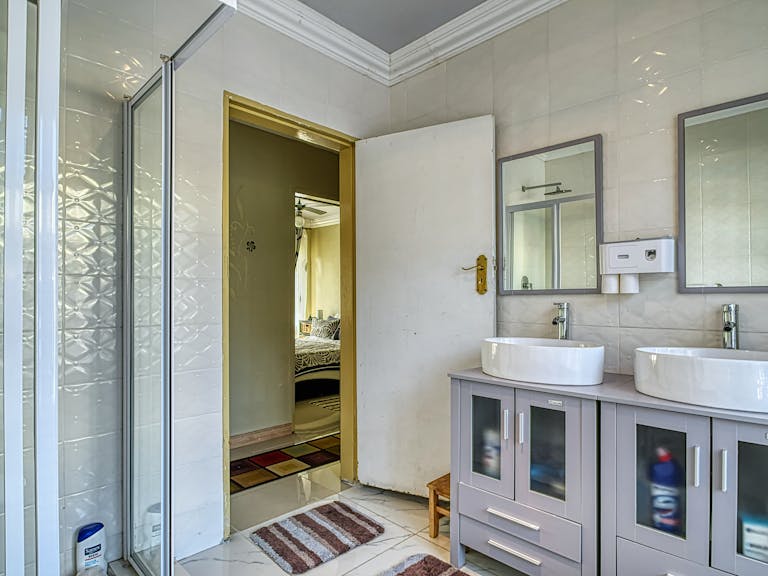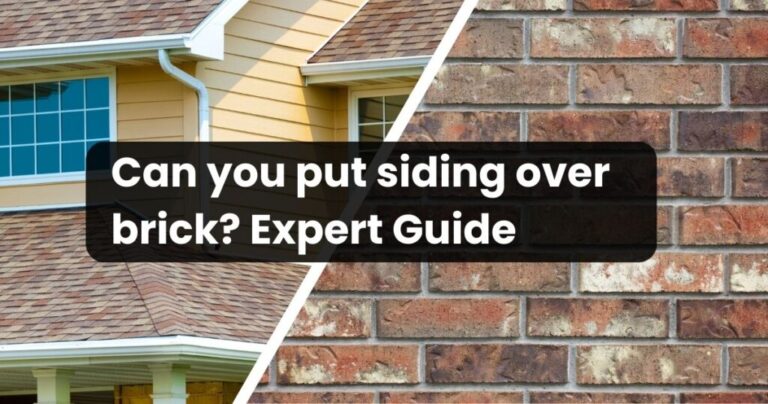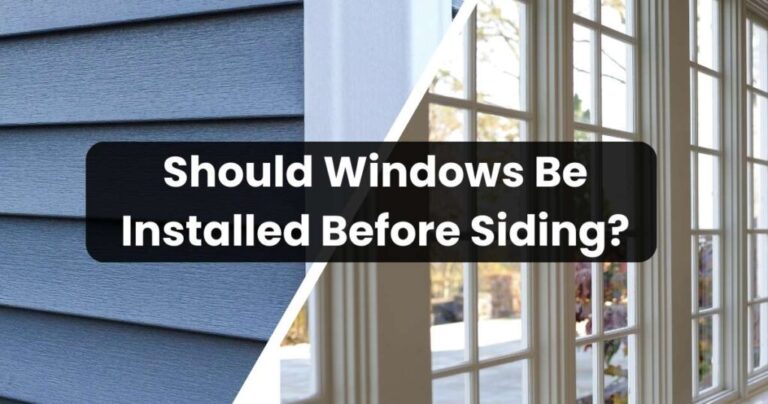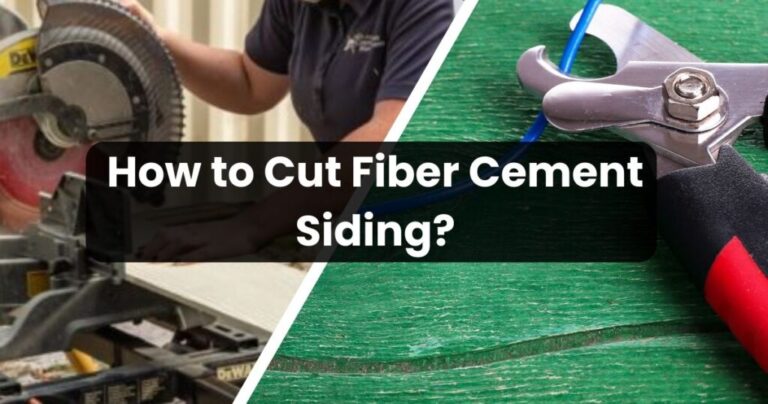If you’re gearing up to sell your home, congratulations on taking the proactive steps to ensure you get the best value for your property. Naturally, you’re sprucing up the place – cleaning, landscaping, and focusing on enhancing its curb appeal, especially the exterior aspects. But let’s dive into an essential question: Can new siding contribute to increasing your home’s selling price? And which siding material might be the best choice for you?
3 Key Ways New Siding Elevates Resale Value
Yes, investing in new siding can indeed augment your home’s resale value! Irrespective of the type, new siding significantly boosts the curb appeal, safeguards your home, and appeals to potential buyers who prefer not to grapple with siding replacement upon purchase.
Enhancing Curb Appeal
This rings especially true if your current siding is showing signs of wear, water stains, or general degradation. Installing new siding can set your home apart in terms of aesthetics, particularly if neighboring properties aren’t as well-maintained. It can elevate your home’s status if it’s currently lagging behind.
It’s worthwhile to explore contemporary exterior design trends to maximize the curb appeal. Consulting with a professional realtor might offer valuable insights if you’re seeking guidance.
Protection Against External Factors
Sturdy siding options like steel siding provide exceptional protection. Just like roofing, siding acts as the primary defense against various external forces such as mold, insects, water, and fire. Seeing new siding can assure potential buyers that their investment is well-protected, ensuring the safety of their family and possessions.
Ease for the New Homeowner
If potential buyers spot worn-out siding, they might be discouraged by the thought of replacing it themselves. The process involves picking colors, choosing materials, and finding a reliable contractor – a significant stress for a new homeowner who has just settled in. Presenting a move-in-ready house can be a significant advantage.
Factors to Contemplate While Selecting New Siding
Before swiftly installing new siding to boost your home’s market value, take a moment. While siding can be a fantastic investment, the returns might vary. Here are a few factors to consider:
Local Trends in the Area
Similar to any industry, real estate trends play a crucial role. What you can expect to yield from your siding project may differ based on demand. Consulting a reputable realtor for local insights can be highly beneficial.
Diverse Types of Siding
As a general rule, the more you invest in your siding, the higher the resale value. Materials such as metal siding often prove to be sturdy investments. However, local trends can impact this, so seeking guidance from a realtor or an experienced siding company specific to your area is advisable.
Adapting to Neighborhood Aesthetics
Sometimes, potential buyers prefer a home that harmonizes with the neighborhood. It’s wise to observe the surrounding homes, understand the prevalent siding choices, and consider a similar path. While not an absolute rule, a realtor can provide guidance on whether to blend in or stand out.
Accounting for Climate
The climate of your region significantly influences the choice of siding. For instance, in areas with fluctuating humidity levels, sturdy siding like steel or vinyl might be preferred over more vulnerable options like wood siding. The local weather directly impacts the lifespan and maintenance needs of the siding, influencing buyer perceptions.
Choosing the Right Siding Material
Numerous siding materials thrive in the market today. There’s no universally “best” type; each caters to specific needs. While we can’t pinpoint the perfect fit in a blog post, a consultation can help understand how each type performs and aligns with your preferences.
Steel Siding: Unparalleled Durability
Steel is renowned for its durability. Whether it’s seamed or seamless, steel siding offers exceptional strength and lasting appeal. One common misconception is the risk of rust with steel siding; however, this is avoided with galvanized steel, ensuring a lifespan of 40 to 50 years.
Engineered Wood Siding: Ideal for Weather Flexibility
Engineered wood siding, such as LP Siding, provides strength and flexibility, resistant to extreme heat and cold. For areas with fluctuating weather, this siding can be an excellent low-maintenance option.
Vinyl Siding: Balancing Quality and Affordability
Vinyl siding stands out for its weather resistance, durability, and cost-effectiveness. It’s a popular choice for those seeking efficient exterior renovations without breaking the bank.
Considering Siding Aesthetics
While exploring various siding options – from seamless steel to engineered wood – it’s essential to have a sample look before making a decision. What’s fascinating is that many siding types can mimic others. This flexibility allows you to achieve the desired look without the drawbacks of specific materials.
Tailoring to Your Home’s Style
Choosing siding should be about personal preference and satisfaction rather than strict architectural adherence. However, if coherence is essential, classic siding looks and neutral colors tend to complement a variety of home designs.
Consultation for Informed Decisions
A thorough consultation with experienced siding contractors can guide you through the selection process. Professionals like those at Isaias Quality Construction can recommend the most suitable siding types for your home. They pride themselves on offering the best, latest, and most energy-efficient products for your installation or replacement needs.
If you and your realtor believe that new siding is a valuable investment, expert assistance can be immensely beneficial. To get started, reach out to Isaias Quality Construction at (470) 314-8228.
Conclusively, investing in new siding can be a smart move to increase your home’s value. However, the key lies in understanding local trends, climate impact, and the best siding material that resonates with your preferences.







